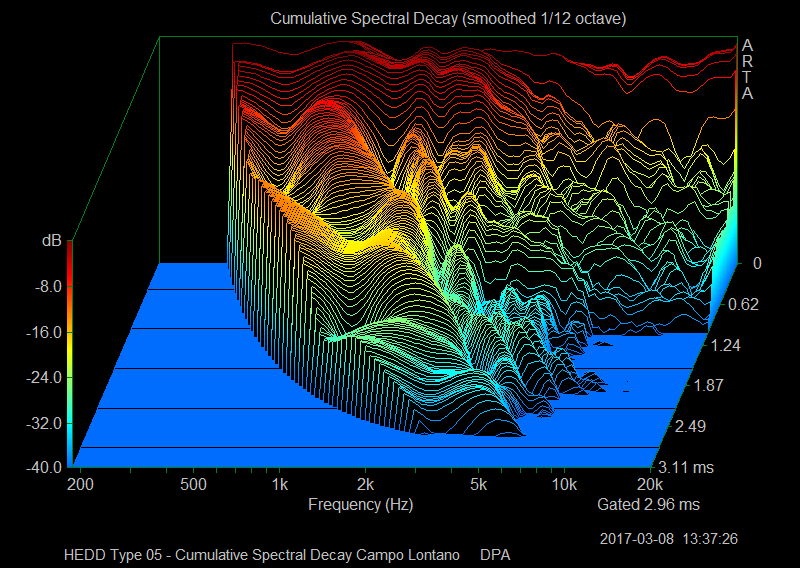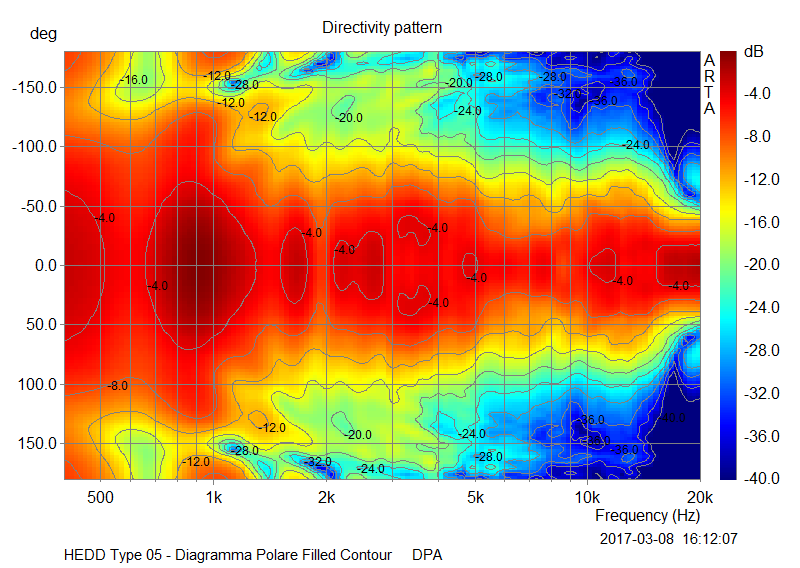- Thread Starter
- #221
Would you be able to change the level at exact certain places?
If so, it should be possible.
However, I'm uncertain what level and distortion it could achieve below the midrange. While one can use a separate subwoofer for the lowest frequencies, the mid - and upper bass is still crucial for a great design IMO.
I was actually imagining something like a RAAL ribbon stretched out and curved as one piece, with the amplitude shading built in at a driver level (eg. by varying the field strength as suggested by @12B4A) so that you'd only need one amplifier channel connected to one driver input. Doesn't have to be run that low, but as a mid-tweeter crossed to cone drivers as used currently.
Basically a one-piece transducer/radiating surface that follows the curvature of the CBT, rather than a HF array of multiple spaced drivers.




